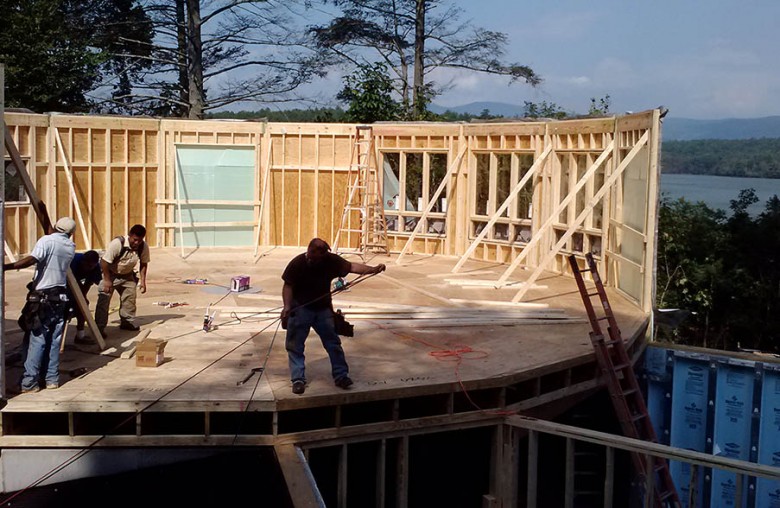Panelization is a process where walls, floors and roof sections are assembled off-site in a controlled environment with help of cold-formed steel framing.
Cold-formed steel along with wood and concrete masonry, are considered in the initial stage of project inception. However; the final decision mostly narrows down to steel framing due to its attributes of lower construction cost, reduced insurance costs, non-combustibility, and above all is the requirement that the project should be LEED certified.
Panelization can shave off as much as 75% off a construction project’s field time. All that is required is the expertise to design building structures with this progressive and popular methodology of cold-formed steel shapes.
Design experts
Design experts with that hands-on skills and experience can give them that added benefit to identify and decide upon the best design for the constructability of any project. Their ability to conjoin design models across mechanical, electrical and plumbing disciplines in Revit helps the overall building construction project with efficient clash detection and resolution.
Panelization, in the construction method starts with the selection of specific walls in a structure that are to be pre-manufactured. Fabricator receives the material sizes and details for building the panels adhering to the specifications, but all within the quality-controlled factory environment only.
Cold-form rolling
The use of cold-form rolling machines for fabrication each element to the exact length also helps in eliminating costly waste of materials. For creating shapes, coils with a high content of recycled metal are used. Upon completion, the walls are sent for quick assembling and efficient onsite installation; ultimately saving a lot of time and money invested in the construction project. Panelization as a construction method, also helps in seething stud walls, well in advance, increasing the amount of time saved.
Benefits
Some of the benefits of panelization construction method include: Multi-purpose usage Panelization can be and is being used for a wide array of construction projects including condos and low-rise apartments, commercial and residential buildings, schools, hotels, and whatnot.
Especially suited for non-combustible exterior curtain walls of multi-story structures; Panelization is gaining immense attention across the AEC fraternity. Enhanced Quality Steel framings are dimensionally stable, as compared to wooden frames with a tendency of shrinking and warping.
Construction projects may opt for lap-seam metal panels, composite metal wall panels, flat plate metal wall panels or metal-faced composite panels – enhanced quality is assured. Highly resistant to mold growth, steel frames are gaining traction across construction projects Stronger and lighter than wood, steel frames are non-combustible & termite resistant as well Substantial Cost Savings On-site labor cost cuts down due to requirement of smaller teams Structures built with non-combustible material are known for having lower insurance costs Absolutely no or minimum wastage of material Drastic reduction in the requirement of site storage space for materials Diminishing Construction Time Panels constructed in a factory – under a controlled environment, and mere assembling is done on-site cutting down the weather delays to a minimum.
Panelization is 50% quicker a process; if compared to stick-frame construction. Repetition of standardized manufacturing also delivers enhanced efficiency as one of the by-products. Green Building/LEED certification The requirement that a construction project is LEED certified and gets accredited as Green Construction is of optimum priority. To manufacture cold-formed steel shapes, anywhere between 30% to 100% recycled materials are used, making panelization meet one of the prime green construction parameters.
One the other hand where waste is minimal, the steel is also recyclable for future use and purpose. Construction Waste Management and Recycled Content, is where the recycled content of this material contributes to LEED points as well. Conclusion Construction methodology is changing as developers explore ways to deliver projects in a safe and timely manner.
The use of panelized construction techniques is on the rise. Architects, engineers, builders, contractors, building code officials and other design and construction professionals are of the opinion that Panelized Construction Techniques are a Wave of the Future and ready to move your next cold-formed steel framing project forward efficiently and effectively.


